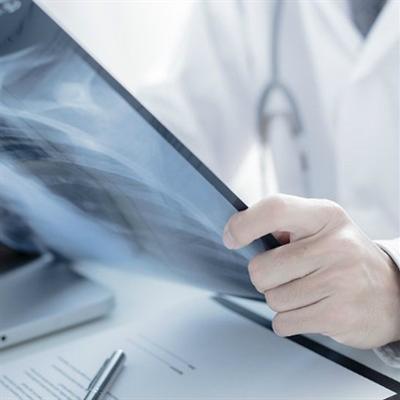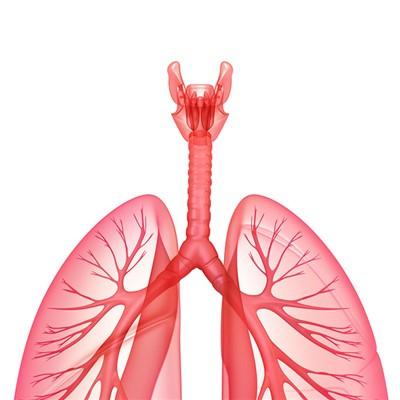How much does a kidney atrophy?
summary
Doctors and surgeons have different opinions on whether to remove one side of renal atrophy. The kidney is an organ of the human body, which is a part of the urinary system. It is responsible for filtering impurities in the blood, maintaining the balance of body fluids and electrolytes, and finally producing urine, which is discharged from the body through subsequent pipes; It also has endocrine function to regulate blood pressure. In the human body, a normal adult has two kidneys, located at the back of both sides of the waist. Let's share the next kidney atrophy?.
How much does a kidney atrophy?
First, if the atrophic kidney is not harmful, there is no need to remove it, such as simple congenital undeveloped kidney, renal atrophy caused by atherosclerotic renal artery stenosis, renal atrophy caused by renovascular hypertension and surgical trauma, renal atrophy caused by hydronephrosis without repeated infection. There is no further harm to these atrophic kidneys, and there is residual renal function. Even if the atrophic kidney has only a few milliliters of glomerular filtration rate (GFR), it is very important to keep it in our concept of nephrologists. What's more, there are certain risks of surgery and anesthesia in the removal of atrophic kidney, which is unnecessary.

Second: the atrophic kidney that may cause serious harm should be removed decisively. For example, the kidney caused by renal tuberculosis is cut off. When tuberculosis relapses, it often leads to the decline of total renal function. Therefore, tuberculous renal atrophy with the risk of tuberculosis recurrence should be resected two weeks after antituberculosis treatment. When one side of hydronephrosis and one side of renal atrophy are caused by urinary calculi or ureteral stenosis and obstruction, as long as hydronephrosis does not continue to increase, there is no repeated infection, and there is no risk of rupture, surgical resection is not necessary. On the contrary, it should be cut.

Third: when one side of the kidney atrophy caused by renal artery stenosis is accompanied by severe renal vascular hypertension, it needs to be removed, because hypertension is very harmful and must be controlled. The choice of chemical resection (interventional embolization) is much less invasive.

matters needing attention
In short, if there is no further harm to the atrophic kidney, there is no need to cut it; If it may cause serious harm, be resolute.










